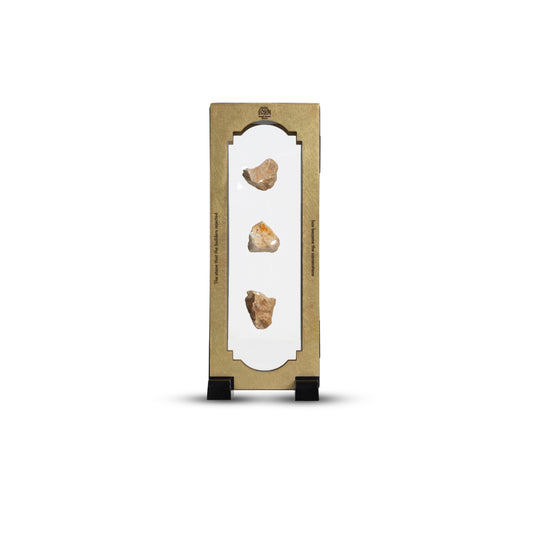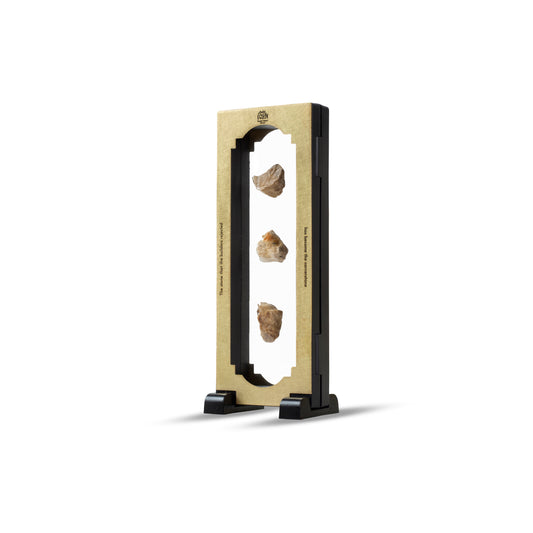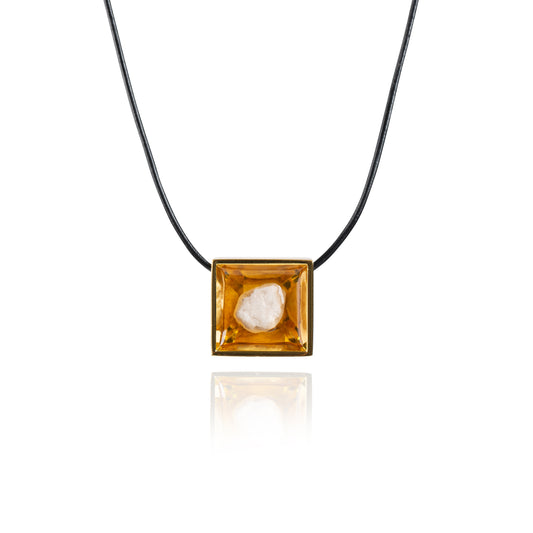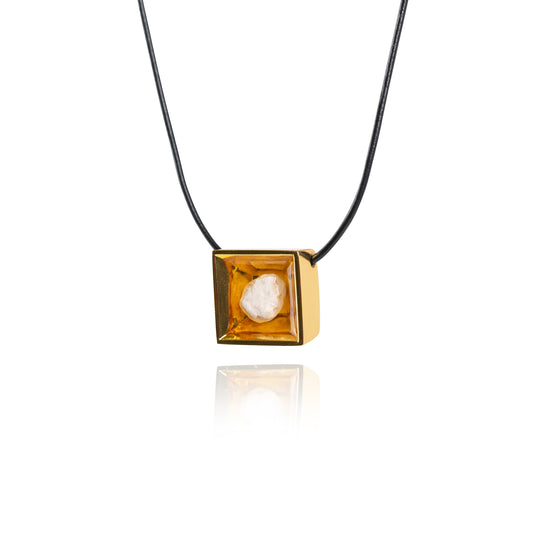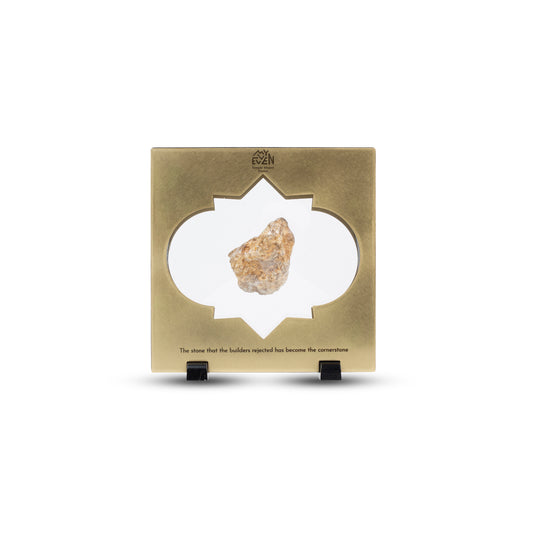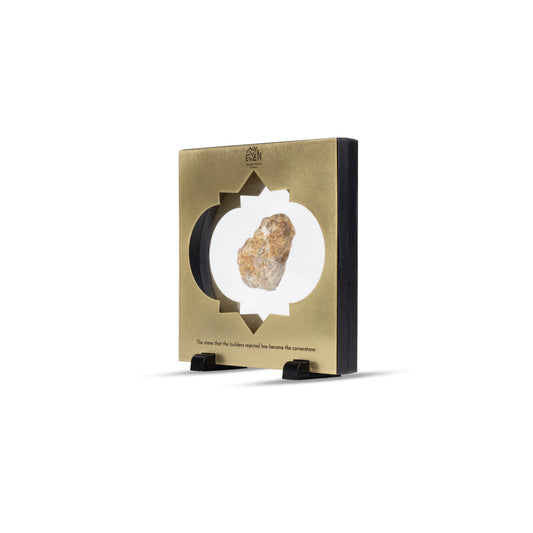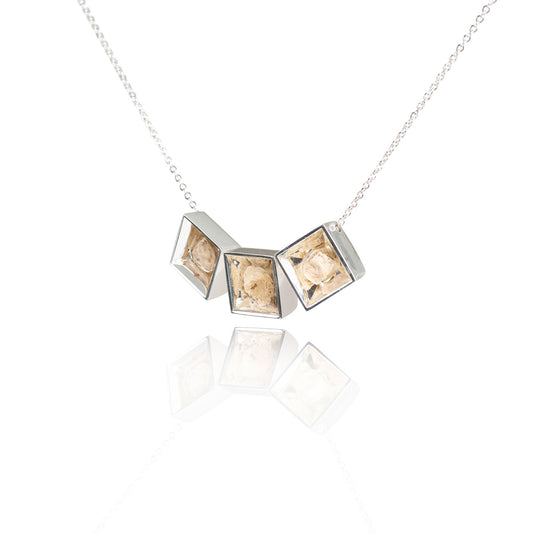In each part of this bi-weekly blog we will expose 2 ancient biblical places in Israel, most not commonly known. Nearby non-biblical places worthwhile knowing will be included from time to time as well.
We hope that getting to know these ancient places will enhance deeper acquaintance with the stories of the Land of the Bible.
This week we continue focusing on the North-East corner of Israel:
Mount Hermon
On a clear day, the snowcapped peaks of Mount Hermon can be seen for miles. Its sheer beauty has inspired the worship of both the godly and the pagan, with more than 20 ancient temples located in the area.
The highest peak in Israel—at almost 7,300 feet—the Hermon serves as the country’s only ski resort and is surrounded by Druze villages that offer authentic black coffee and picturesque views.
In the Scriptures Mount Hermon is mentioned as the Holy Land’s North-Eastern border (e.g. Deuteronomy 3,8; Chronicles 5, 23) and as a metaphor of majesty, blessing, and beauty (Psalm 89:12; 133:3; Song of Solomon 4:8).
At the base of Mount Hermon is the ancient city of Banias which was known as Caesarea Philippi during the Roman time. This is most likely the “high mountain” on which Jesus experienced His Transfiguration (Matthew 16:13; 17:1).
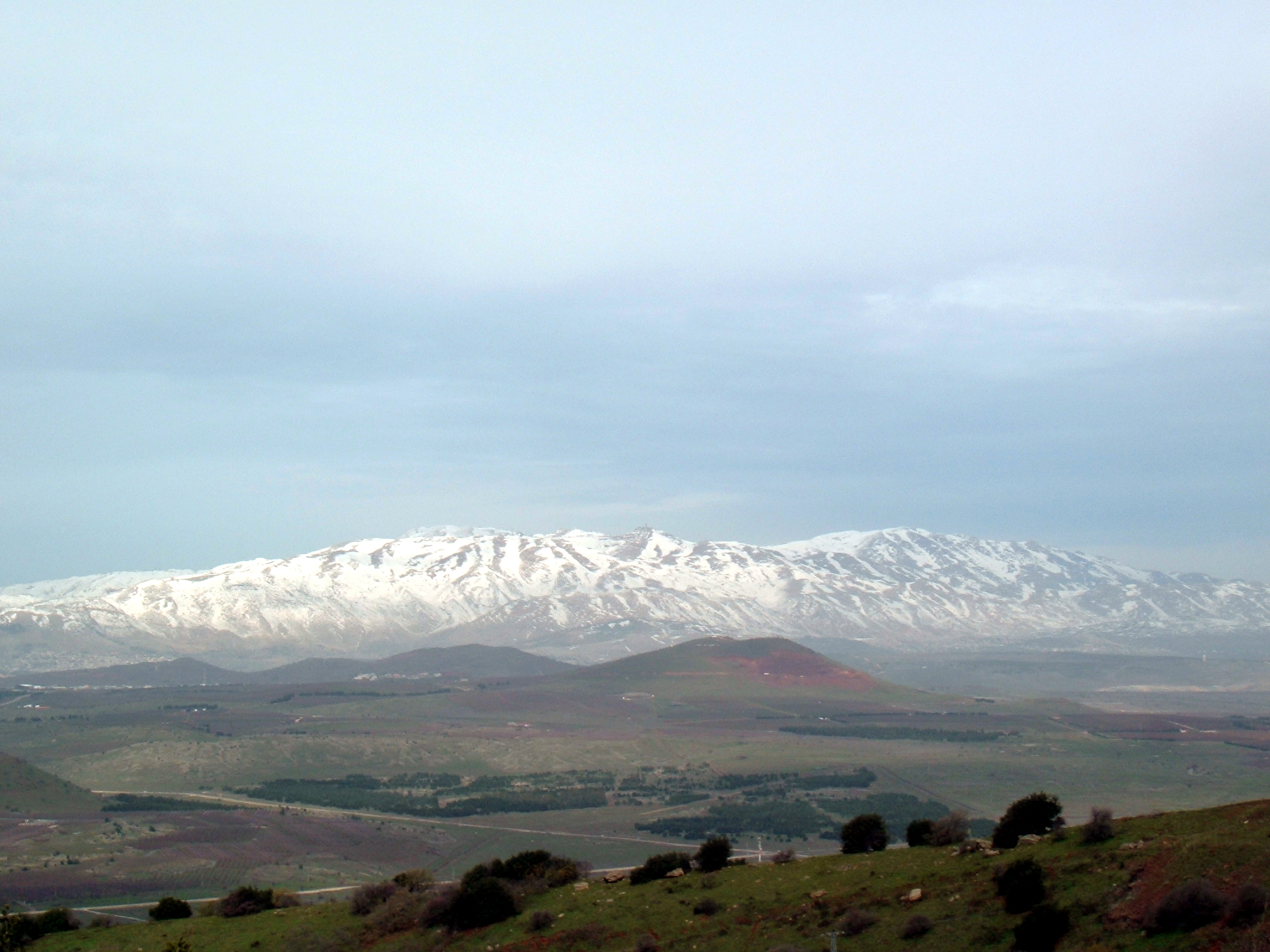
Hours: 8:00 a.m. to 4:00 p.m.
Location: Follow Route 98 to its northern end
Nimrod’s Fortress
Perched on the foothills of Mount Hermon, the ruins of the castle called Nimrod’s Fortress rise 2,600 feet above sea level and tower over the Huleh Basin from a beautiful vantage point. The fortress is strategically located above the ancient city of Banias (Caesarea Philippi) and the ancient road from Tyre to Damascus.
For many years it was thought that the fortress was built by the Crusaders in the 12th century or by the Ayyubids on the 13th century. Recent research dates the fortress to the Hellenistic period, i.e., before 30 AD, in which case Jesus had passed below it on His way from Caesarea Philippi to the “high mountain” on which He experienced His Transfiguration (Matthew 16:13; 17:1)
It is not clear how this fortress received the name of the rebel Nimrod from Genesis 10:8-9 (whose name in Hebrew means “to rebel”).
The fortress is very impressive and even Mark Twain who usually didn’t like what he found in his journey to the Holy Land in 1867 got excited about it: “… we reached the foot of a tall, isolated mountain, which is crowned by the crumbling castle of Banias (today Nimrod), the stateliest ruin of that kind on earth, no doubt...”
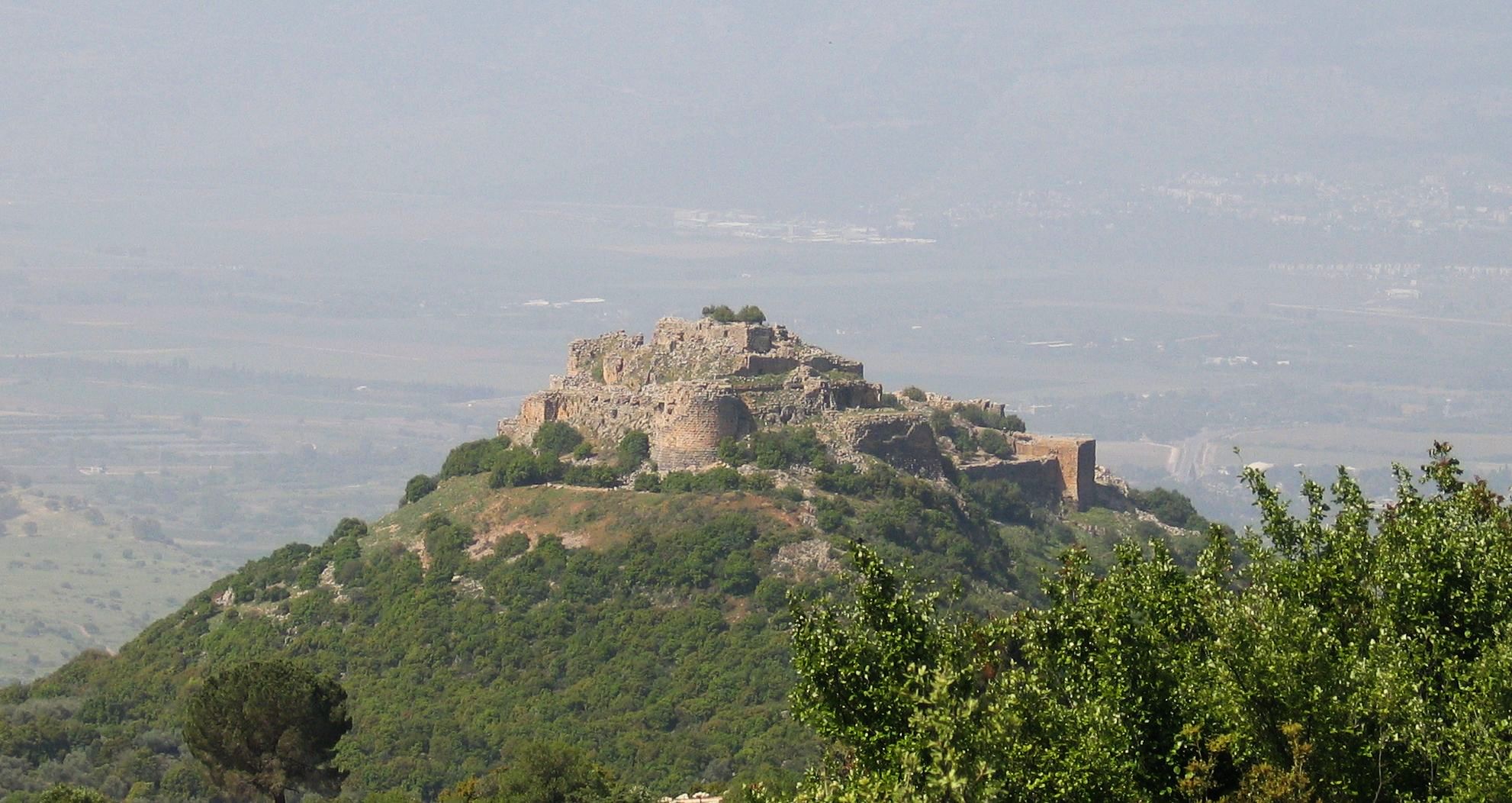
Location: Route 989 between Mount Hermon and Kiryat Shmona
Hours: 8:00 a.m. to 5:00 p.m. (summer); 8:00 a.m. to 4:00 p.m. (winter)


